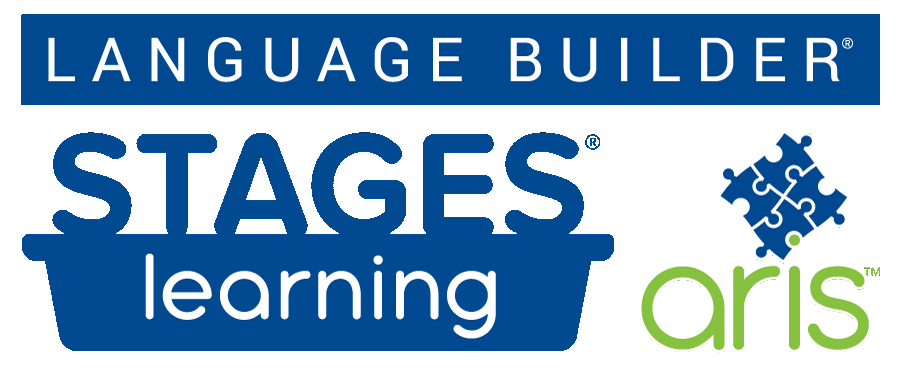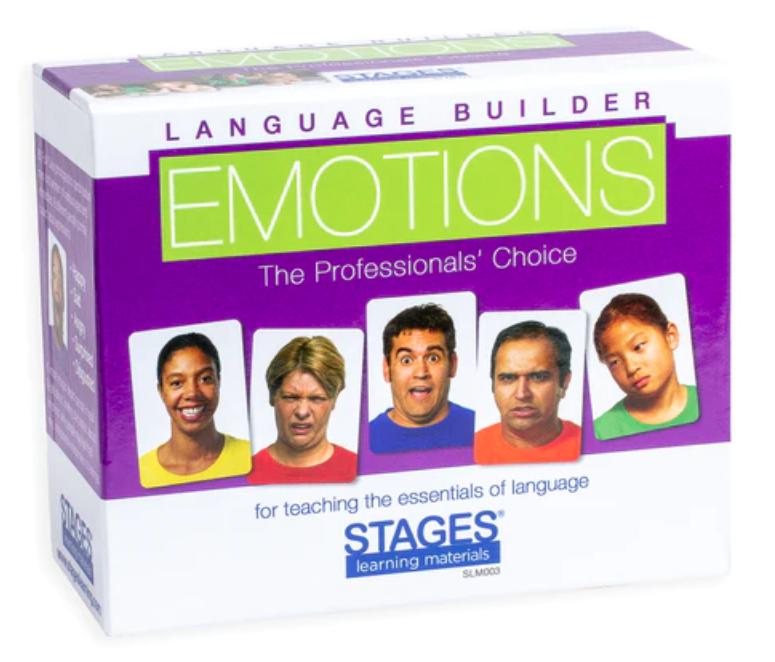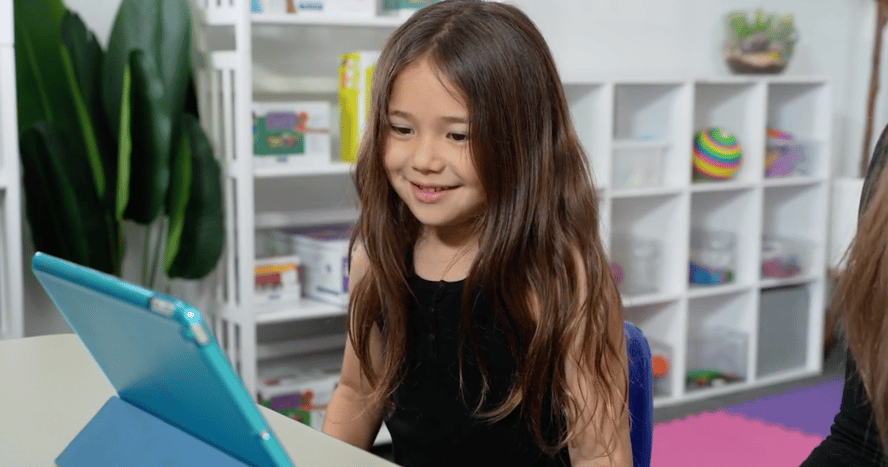
Use zones of regulation and occupational therapy insight to find the best coping strategies for your autistic child.
The phrase “coping strategy” can be thrown around often in the autism (ASD) community. But what are they? How do we find the best ones for our children? How do each of them work? I had the chance to interview an occupational therapist, Gabrielle Mele-Algus (OT, OTR, MS) who offered her insight about types of coping strategies, the zones of regulation, and finding the best fit for your child’s sensory needs.
What is a coping strategy?
Gabrielle defines coping strategies as “a strategy that can help someone to return to or maintain a regulated state. This can be seen as a wide range of different types of strategies ranging from sensory-based coping strategies (i.e. putty, rocking chair) to cognitive strategies (i.e. mindfulness, puzzles).”
Coping strategies are important tools to have in your toolbox when unexpected, ambiguous, or stressful circumstances arise and your child needs extra guidance to calm down. But how do you identify what works best for your child? How do you match a coping strategy with your child’s mood? Do some strategies work better than others? Leah Kuypers, an Occupational Therapist from Minneapolis, created the “Zones of Regulation” curriculum in 2011, which helps individuals identify how they are feeling, as well as match a strategy to their emotions.
Understanding Zones of Regulation
We feel different emotions depending on the situations we are in. For typically functioning individuals, it can be much easier to label feelings. It also can be easier to understand the concept of complex emotions, or feeling multiple emotions at the same time. For autistic individuals, finding the right terminology to explain how they feel can be tricky when their emotions heighten. Instead, identifying four regulation zones, which each respectively encompasses an amalgamation of feelings vocabulary, is a much easier way to check-in. Kuypers (2011) explains that each of the zones is labeled by color: green, yellow, blue, and red. Let’s review the zones:

-
Red Zone:
The red zone “describes extremely heightened states of alertness and intense emotions.” Some feelings someone may experience in the red zone are anger, frustration, or aggression.
-
Yellow Zone:
The yellow zone “explains a heightened state of alertness and elevated emotions; however, one has more control when they are in the yellow zone.” Some feelings someone may experience in the yellow zone are anxiousness, worrying, frustration, or surprise.
-
Green Zone:
The green zone “describes a calm state of alertness.” Some feelings someone may experience in the green zone are happiness, contentment, focus, and calmness.
-
Blue Zone:
The blue zone “describes low states of alertness and down feelings.” Some feelings someone may experience in the blue zone are sadness, tiredness, or boredom.
While it would be ideal to have children in the green zone all the time, various factors influence an individual’s mood. The goal, however, is to keep students engaged in meeting whatever expectations are presented. Depending on the setting, that may vary between social, emotional, or academic. If you’re noticing your child seems off task, upset, or frustrated, try and ask your child what zone they are in. If they’re unable to verbalize, mention what body language you are observing, then see if they can identify the zone. If possible, it is always helpful to have a visual of the Zones of Regulation handy, that way if language is difficult to access, the vocabulary is already in front of them.
By finding coping strategies that work for your child, you become prepared if any setting shifts from its usual, anticipated course. Better yet, practicing these skills with your child will foster autonomy to identify their Zone of Regulation and choose a strategy on their own. But what strategies go with what zone? First, let’s talk about the sensory needs of an autistic child. Then, Gabrielle will offer tips to match sensory needs and Zones of Regulation with strategies that will work.
Sensory Preferences and Needs of Students
Gabrielle and her occupational therapy team are experts in terms of understanding the sensory systems of students on their caseloads. The big takeaway? Sensory systems vary so much from human to human, and someone’s sensory system can even present different needs day to day. Though the task of identifying your child’s sensory needs may feel daunting, Gabrielle offers insight on how to begin noticing how your child responds to various environments.
“A parent can start to identify their child's sensory needs by observing their child in different settings and seeing how they may respond to different types of input. You can also identify what type of input the child may be looking for. Children may try to avoid a situation based on different types of input, such as avoiding a classroom with a lot of noise or a visually stimulating place. They also may seek out or crave certain input, such as squishes, jumping, or bumping.”
 Parents and caregivers, you may already notice how your child’s sensory system is operating. With your child’s sensory tendencies in mind, start researching different types of coping strategies. STAGES® Learning helps parents and caregivers navigate strategies by sorting them by category. Take a look at our memory tools (cognitive strategies), focus and attention tools (sensory tools), sensory items, and ABA Therapy kits. Once you become familiar with different types of strategies, you and your child can start to try out what may be helpful for certain zones.
Parents and caregivers, you may already notice how your child’s sensory system is operating. With your child’s sensory tendencies in mind, start researching different types of coping strategies. STAGES® Learning helps parents and caregivers navigate strategies by sorting them by category. Take a look at our memory tools (cognitive strategies), focus and attention tools (sensory tools), sensory items, and ABA Therapy kits. Once you become familiar with different types of strategies, you and your child can start to try out what may be helpful for certain zones.
Gabrielle emphasizes that there is no golden rule or one-size-fits-all for specific strategies, and it is often a process of discovering which specific strategies will help a child return to a regulated space. Trial and error is a part of the process of determining what helps your child regulate. Our sensory identification worksheet is also a great resource to help your child access emotional vocabulary and report their sensory needs when they are feeling dysregulated. On the worksheet, you would have them identify the zone and emotion they are feeling, then have them circle what strategy would help them in that moment. By collecting these responses, you may be able to find trends with your child’s sensory needs by situation.
Click here for a free download of our Zones and Sensory Identification worksheet!
Once you have a menu of strategy options for your child, you may think you’re finished. Well, sensory systems can change within an individual as well. I asked Gabrielle, what do you do if a strategy works one day and not the other?
 “Our sensory system may also change day to day based on daily life factors. There is something called the "Window of Tolerance," coined by Dan Siegel, that describes the level individuals are ready to process, receive, and integrate information. This “window” can shift depending on life stressors, which impacts what strategy will be most beneficial. One strategy that may be helpful to calm your body one day, may not be enough input the next day if your body does need more of the calming input.”
“Our sensory system may also change day to day based on daily life factors. There is something called the "Window of Tolerance," coined by Dan Siegel, that describes the level individuals are ready to process, receive, and integrate information. This “window” can shift depending on life stressors, which impacts what strategy will be most beneficial. One strategy that may be helpful to calm your body one day, may not be enough input the next day if your body does need more of the calming input.”
The sensory needs of a child are meant to be visited often. These tactics will help you and your child identify their preferred strategies in particular situations, increase feelings vocabulary, and guide your child in recognizing their Zones of Regulation. Remember, this work is ongoing. Though it may feel overwhelming when strategies that have worked in the past do not work in similar situations, consider revisiting your menu options and offering choices for your child. Your scaffolding and collaborative work will guide your child to independently choose strategies when they need them.





